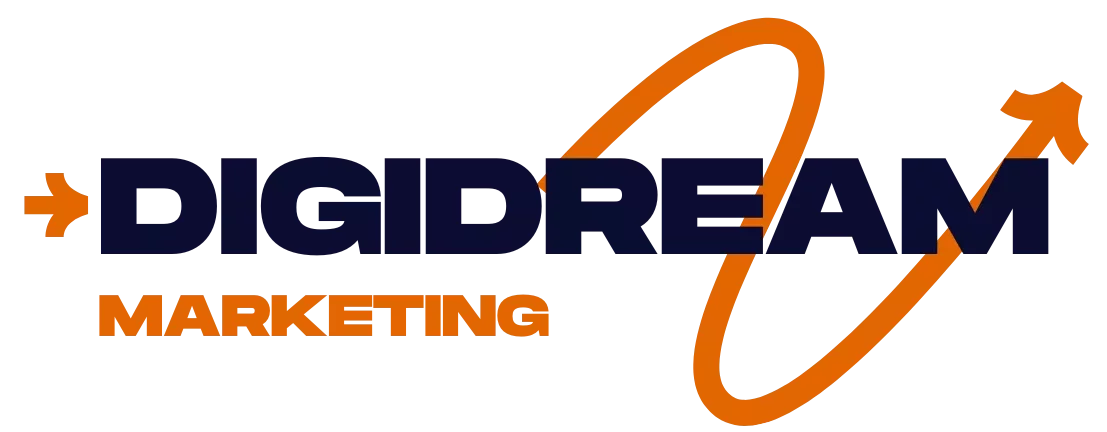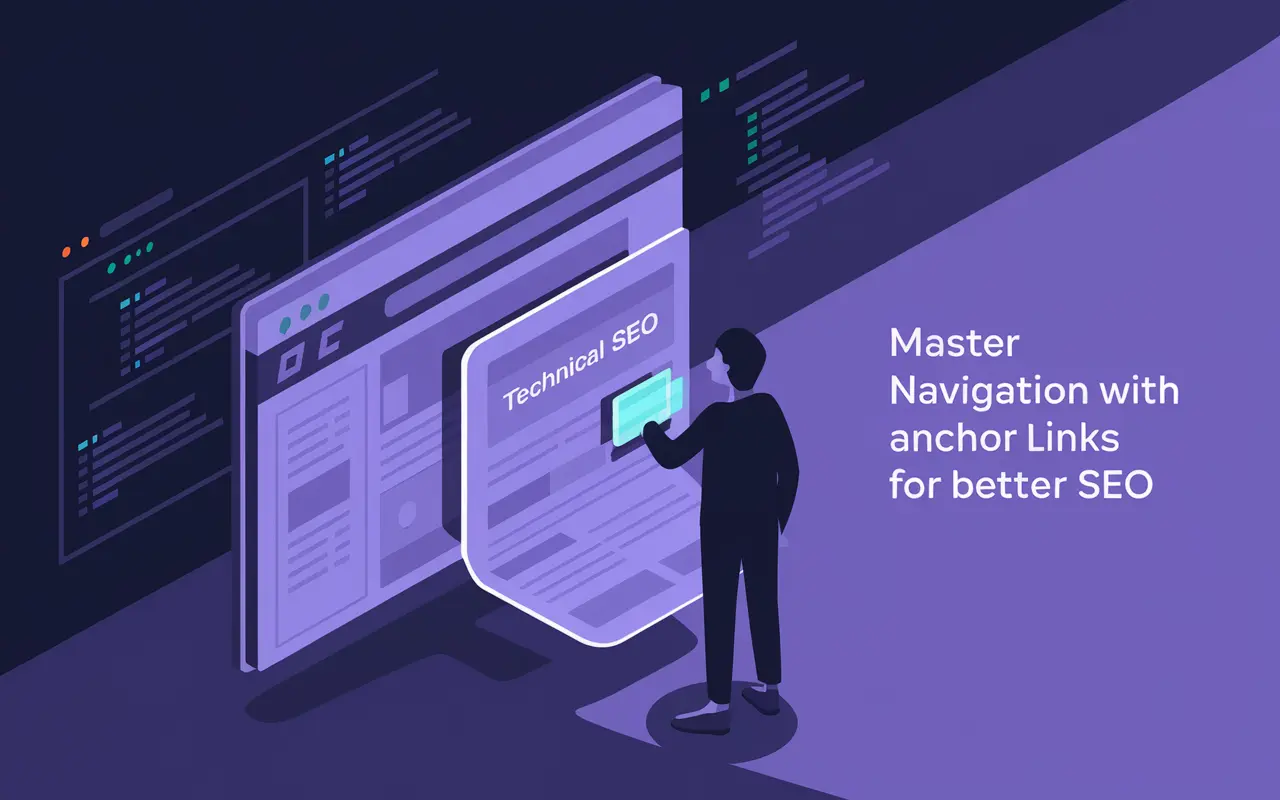Industry Overview
280M+
Vehicles on US Roads
$400B+
Annual Industry Revenue
89%
Search Before Visiting
Mastering Motorcycle Dealers Digital Marketing: The Ultimate Guide
Your Roadmap to Measurable Growth in a Competitive Market
Motorcycle dealerships face a rapidly evolving marketplace shaped by technological innovation, shifting rider demographics, seasonal trends, and growing online competition. To drive sustainable sales and loyalty, it’s no longer enough to rely on walk-in traffic or traditional billboards—digital marketing has become mission-critical. This comprehensive guide is tailored to empower motorcycle dealers with actionable, data-backed strategies in SEO, social media, email marketing, and high-impact content that sells without the hard sell. Whether you’re an established dealership or a newcomer, these insights—from industry case studies to proven analytics—will put your business in pole position.
Understanding the Digital Marketing Landscape for Motorcycle Dealers
Industry Challenges and Opportunities
- Seasonal demand fluctuations and price sensitivity
- Regional customer preferences and competitive market saturation
- Adapting to electric motorcycle trends and shifting rider demographics
- Integration of online and offline experiences for deeper community engagement
- Building loyalty and trust in a transparent, review-driven age
Dealerships must proactively adopt digital marketing to remain relevant and visible. Traditional methods are no longer sufficient, as 63% of shopping begins online—even if the final purchase takes place in-store (data source).
Search Engine Optimization (SEO): Driving High-Value Traffic
Why SEO Is Essential for Dealerships
SEO remains the highest ROI channel for online visibility in the automotive sector:
- SEO drives over 1,000% more traffic than organic social media (statistical reference).
- 53.3% of all website traffic originates from organic searches (industry report).
- The SEO services market is forecast to reach $143.9 billion by 2030 (market forecast).
SEO Foundations for Motorcycle Dealers
- Keyword Research: Identify high-intent keywords (e.g., “used Kawasaki in [city],” “motorcycle financing,” “best motorcycle for beginners”) using tools like SEMrush or Google Keyword Planner.
- Local SEO: Optimize your Google Business Profile and embed local terms to target customers in your geography. Include NAP (Name, Address, Phone) consistency, local backlinks, and location pages.
- On-Page Optimization: Use structured data, meta tags, alt attributes, and internal linking to boost relevance for search engines. Fast load times and mobile optimization are critical (over 50% of traffic now comes from mobile).
- Content Hub: Publish regular blog posts, model comparison guides, maintenance tips, and DIY tutorials using LSI (Latent Semantic Indexing) keywords relevant to motorcycles, brands, accessories, service, and events.
| Key SEO Actions | Impact | Example |
|---|---|---|
| Optimize Google Business Profile | Boosts local search visibility Promotes store visits |
Appear in “motorcycle dealer near me” queries |
| Target Local Keywords | Captures geo-specific intent | “Harley dealership Austin TX” |
| Publish Long-Form Content | Ranks for more keywords Attracts backlinks/shares |
“Complete Guide to Choosing the Right Adventure Motorcycle” |
| Technical SEO Audits | Uncovers crawl/fix issues Increases ranking potential |
Check with Screaming Frog, Ahrefs Site Audit |
Real-World Insight
Bill Ross, a leading industry consultant, emphasizes that optimizing online presence through local SEO not only boosts discoverability but also drives in-store test rides and service appointments. Dealers who consistently update their Google Business Profile, reply to reviews, and post event updates see up to 80% more traffic from “near me” searches.
Social Media Marketing: Building Community and Brand Influence
Social Channels That Accelerate Growth
- Social media is now the top global media channel for ad spend, hitting $247.3 billion in 2024 (industry analysis).
- Platforms like Facebook, Instagram, YouTube, X (Twitter), and TikTok each suit different audiences and content formats.
- YouTube’s 2.53 billion monthly users make it the highest-reach platform for long-form and immersive video content (user reach data).
Platform-Fit Strategies
- Facebook: Engage local groups and run geo-targeted ads to promote dealership events, special offers, and demo rides.
- Instagram: Showcase bikes and gear through high-quality photos, stories, and influencer partnerships, attracting millennial and Gen Z riders. Use “swipe up” features for lead generation.
- YouTube: Post test ride reviews, buyer guides, and tutorials. Long-form video content establishes expertise and increases recall value.
- TikTok: Share quick maintenance hacks, behind-the-scenes content, and UGC (user-generated content) challenges to boost youth engagement.
Case Study: Social Media in Action
Best Practices for Motorcycle Dealerships
- Maintain brand consistency (logos, visuals, tone)
- Schedule posts frequently (at least 2–3 times per week per platform)
- Engage with followers by replying to comments, sharing UGC, and organizing contests
- Run targeted campaigns and measure through analytics
Leveraging Social Listening and Analytics
Listening to online conversations about your dealership, your brands, and your competitors enables proactive reputation management and offers new content ideas. Social listening is the second-highest organizational priority because teams who use it see stronger ROI (social listening trends).
Email Marketing: High-ROI Customer Nurturing
Why Email Remains Crucial
- Email marketing delivers an average ROI of $36–$40 for every $1 spent (return on investment analysis).
- Conversion rates typically range from 2%–5%, but segmentation and personalization can boost results (conversion stats).
- 60% of buyers say marketing emails influence their purchasing decisions (consumer behavior report).
Dealer Email Strategies
- Build a segmented mailing list via website popups, service waitlists, event registrations, and in-store sign-ups.
- Segment by interest (sports bikes, cruisers, touring, electric), geographic area, and customer lifecycle stage.
- Personalize messages using the recipient’s name, previously viewed models, or service reminders.
- Craft engaging newsletters with inventory alerts, exclusive event invites, personalized offers, how-to guides, and latest industry news.
- Set up automation: lead nurturing drips, abandoned cart reminders, restock notifications, and after-sales check-ins.
Real-World Pro Insight
Dealers integrating personalized content into their automated email campaigns have reported up to 15% higher open rates and a 23% increase in event RSVPs, according to Emulent LLC’s data-driven digital audit for multi-location motorcycle dealerships.
Content Creation: Selling Without Selling
Why Value-Driven Content Wins
Modern riders crave expertise, inspiration, and genuine stories. Content marketing educates, entertains, and persuades—often long before the first inquiry or showroom visit. Data shows content over 3,000 words generates 3x the traffic, 4x the shares, and 3.5x the backlinks versus average-length content (long-form content impact).
High-Performing Content Types for Dealers
- Inventory Showcases: High-res photos, interactive 360° views, and virtual test rides. Video walkarounds build confidence in online shoppers.
- Educational Guides and Tutorials: Model comparison charts, maintenance instructions, financing explainers, plus safety and gear tips.
- Dealership Stories and Testimonials: Feature customer journeys, team member spotlights, rider clubs, and charity partnerships to foster local trust.
- Community Focus: Promote local rides, workshops, demo days, or charity events. Invite guest blogging from area influencers or brand reps.
Structures That Work: How to Sell Without Pushing
- Focus on rider lifestyle and “why” behind each model—not just specs or pricing.
- Address safety, maintenance, local laws, environmental trends, and financing in your articles.
- Encourage user submissions (ride stories, reviews, event photos).
- Balance long-form educational content with bite-sized social posts and visuals to appeal to all stages of the customer journey.
Integrating Content with SEO, Social Media & Email
- Every content piece should target a specific user intent or query identified through keyword research.
- Repurpose long-form articles for email newsletters, social snippets, short videos, and downloadable guides.
- Link internally between related blog posts, inventory pages, and event listings to improve session duration and reduce bounce rates.
Visual Example: Popular Content Ideas for Dealers
| Content Type | Purpose | Distribution Channel |
|---|---|---|
| Buyer’s Guides | Educate shoppers | Blog, Email, Social Posts |
| Virtual Test Rides | Simulate in-store experience | YouTube, Instagram, Website |
| Maintenance Tips | Build trust, serve owners | Blog, Email, Facebook |
| Event Recaps | Boost FOMO & local SEO | Website, Social Stories |
| Rider Testimonials | Authenticity & social proof | All platforms |
Real-World Innovation: AR, Analytics & Cross-Channel Success
Embracing Innovations in Motorcycle Dealer Marketing
- Augmented Reality (AR): Ducati introduced AR on their website/app, letting customers visualize bikes at home—driving higher online engagement and test ride bookings.
- Direct Mail Integration: Dealerships blend direct mail for service offers with digital remarketing to reinforce brand presence at every customer touchpoint.
- Analytics-First Approach: Dealers using comprehensive analytics platforms are five times more likely to make faster, data-driven marketing decisions. Tracking KPIs like website traffic, conversion rates, and lead sources is fundamental.
Strategies for All Dealership Sizes
- Small dealerships can maximize ROI with focused local SEO, targeted social media, cost-effective email automations, and community-driven campaigns.
- Large/multi-location groups benefit from detailed customer analytics, unified branding, scalable content strategies, and cross-channel orchestration.
Measuring, Optimizing, and Scaling Your Efforts
From Analytics to Actionable Growth
- Combine data from Google Analytics, Meta Insights, email service providers, and web traffic tools to identify opportunities and weaknesses.
- Benchmark key metrics: traffic sources, conversion rates, bounce rates, social engagement, and ROI per channel.
- Schedule monthly reviews to adjust campaigns and reallocate budgets based on what’s working.
Frequently Asked Questions
The most effective include local SEO (Google Business Profile optimization, local backlinks, review management), long-form content (model guides, comparisons), technical improvements (fast load times, mobile-friendly design), and consistent use of high-intent keywords specific to your inventory and location.
Focus on regularly updating content, optimizing page speed, ensuring mobile usability, earning authoritative backlinks, and using structured data for inventory and reviews. Always monitor performance with tools like Google Search Console.
Facebook is strong for local targeting and events, Instagram for visuals and younger audiences, YouTube for video guides and reviews, and TikTok for snackable tips and user-generated content. Your ideal mix will depend on your customers’ demographics.
Aim for 2–3 times per week per platform. Consistency signals an active business and increases visibility in algorithms. Adjust frequency based on engagement levels and audience preferences.
High-quality photos and videos of inventory, behind-the-scenes at the dealership, local rideouts, event recaps, maintenance tips, contests, and testimonials work best. Invite users to share their own stories and feature UGC.
Collect emails at every touchpoint: test ride requests, service appointments, in-store promos, website signup forms, and events. Use value-driven incentives like exclusive alerts or discounts to boost signups.
Feature new arrivals, service specials, event invitations, maintenance tips, and local riding news. Personalize by segmenting recipients based on past behavior or interests—sports, touring, accessories, or location.
Track conversion rates, leads generated, cost per lead/acquisition, website and foot traffic, email open/click rates, and social engagement. Benchmark against industry standards to optimize spend.
Use clear, enticing headlines and high-res visuals, list key specs and benefits, add financing and warranty options, integrate virtual tours or video walkarounds, display real customer reviews, and make CTAs prominent for inquiries.
Publish model walkarounds, buyer guides, safety tutorials, and event highlights on YouTube and embed on your website/social channels. Videos boost SEO rankings, establish authority, and meet the preferences of today’s content consumers.
Google Analytics, Meta Business Suite, an email platform (Mailchimp, Constant Contact), CRM tools (Nutshell), SEO tools (Ahrefs, SEMrush), and social media management solutions are foundational.
Employ geo-targeted keywords, participate in local events and sponsorships, optimize Google Business Profile, run locally targeted ad campaigns, and connect with community groups on social media.
Organic local SEO, active social media community engagement, highly segmented (and automated) email marketing, and hosting free local events or rides deliver strong results on a budget.
Partner with respected local riders, YouTubers, or Instagrammers for model reviews, ride-along videos, or event promotions. Influencers bring credibility and can introduce your dealership to passionate, relevant audiences.
Comprehensive guides, educational videos, maintenance tips, expert interviews, detailed reviews, and timely commentary on industry news build trust and position your dealership as an expert resource.
Conclusion & Summary: Riding Toward Digital Success
Digital marketing gives motorcycle dealerships the power to overcome industry obstacles—seasonality, competition, buyer skepticism, and more. By mastering SEO, engaging your community across social platforms, nurturing leads with relevant emails, and publishing authoritative, helpful content, your dealership can build trust, drive sales, and turn customers into lifelong fans. Analytics ensures every dollar is spent with purpose and delivers a clear roadmap to continual growth. Start with one initiative, refine your approach, track results, and scale what works for your unique audience.
Ready to Transform Your Auto Repair Business?
Get a free, comprehensive SEO audit and discover exactly how to outrank your competition and attract more customers.





